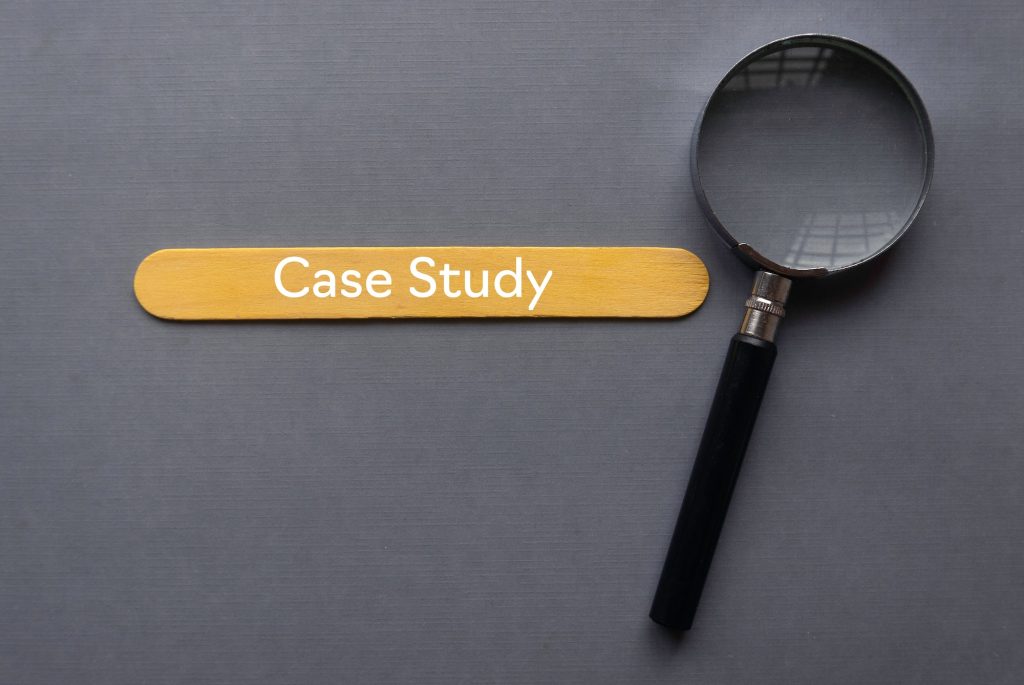
Case studies and simulation exercises are two of the most effective methods used in teaching and learning. They are commonly used in various fields, such as business, medicine, law, engineering, and education. These methods provide a practical approach to learning that allows students to apply their theoretical knowledge to real-life situations.
Case studies involve the analysis of a particular situation or problem that requires a solution. It is usually written and includes relevant data and information about the case. Students must read and analyze the case, identify the problem or issue at hand, evaluate alternative solutions, and recommend a course of action.
Simulation exercises, on the other hand, involve creating an artificial environment that mimics real-life situations. This method allows students to practice their skills safely without risking harm or damage. Simulation exercises can be conducted using various tools such as computer software programs, role-playing scenarios, and physical models.
Both case studies and simulation exercises have several benefits for students. Firstly, they allow students to apply their theoretical knowledge to practical situations. This helps them develop critical thinking skills as they learn to analyze problems from different perspectives.
Secondly, these methods help students develop communication skills as they work together with others in groups or teams. They learn to express their ideas clearly and effectively while listening actively to others’ opinions.
Thirdly, case studies and simulation exercises help students develop decision-making skills by presenting them with complex problems that require careful consideration of all available options before making a final decision.
Lastly, these methods help students develop problem-solving skills by allowing them to explore different solutions through trial-and-error processes without fear of failure or negative consequences.
In conclusion, case studies and simulation exercises are powerful tools for teaching and learning because they provide practical applications for theoretical concepts while developing critical thinking skills necessary for success in various fields. These methods also promote student teamwork while helping them improve the communication skills needed for effective collaboration. By incorporating these methods into their teaching practices, educators can help students become more confident and competent in their chosen fields of study.
